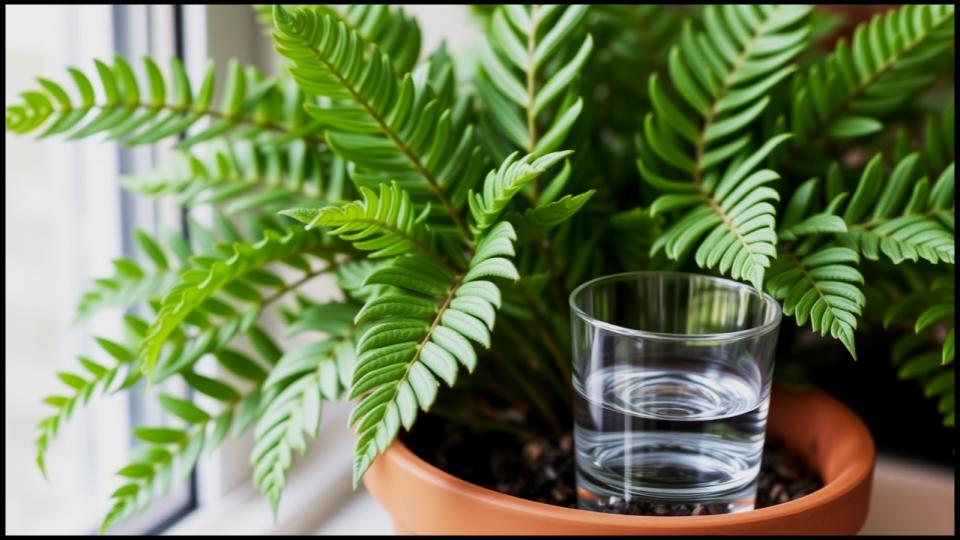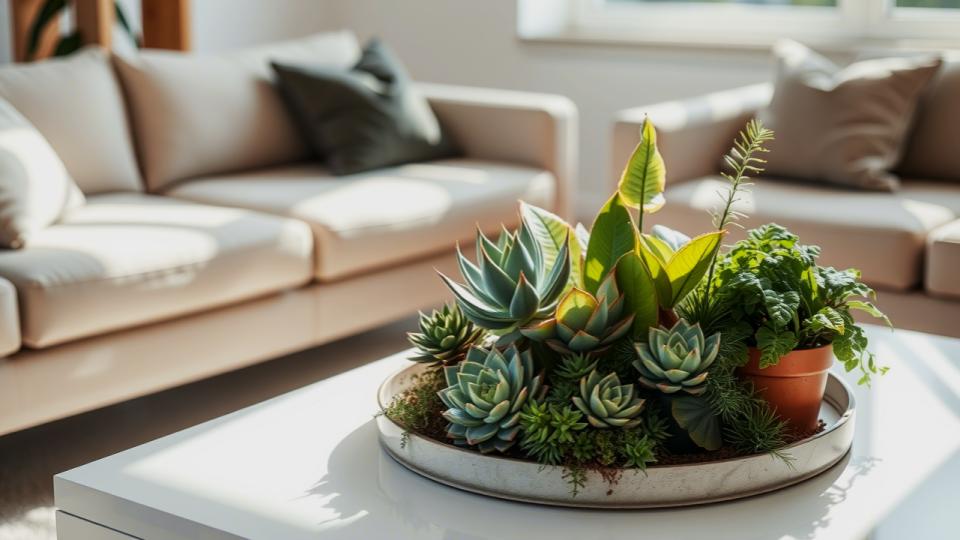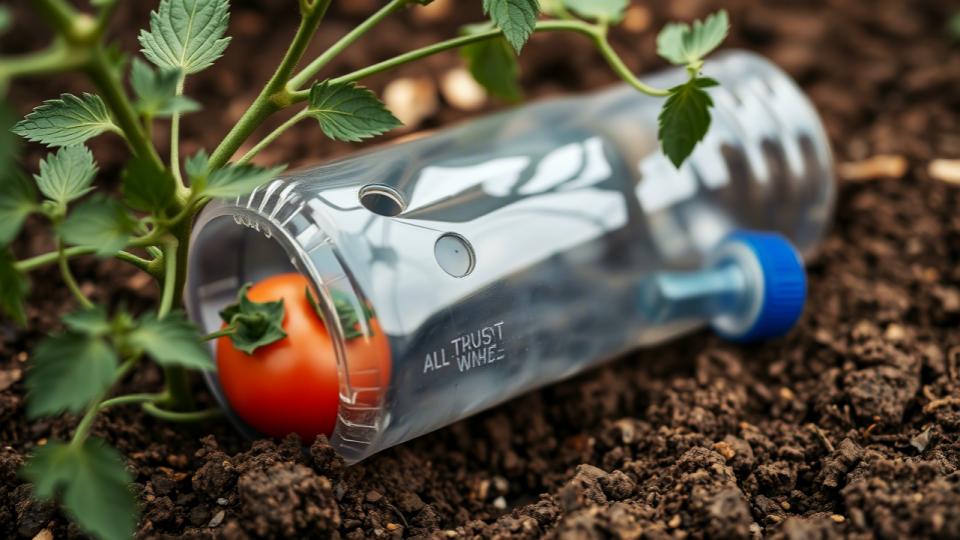
There is a unique joy in returning home from a wonderful vacation to a space that feels just as welcoming as when you left it. For those of us with a passion for cultivating green things, that joy is deeply intertwined with the state of our beloved plants. The familiar worry of a drooping, thirsty garden or a collection of forlorn houseplants can cast a slight shadow over even the most anticipated getaway. But fear not; you don’t need complicated apps or expensive, Wi-Fi-enabled gadgets to ensure your green companions thrive in your absence. The secret to keeping your houseplants and garden alive while you travel lies in a return to simple, time-tested horticultural wisdom.
This guide is your passport to a worry-free vacation, offering practical, no-tech solutions to keep everything from your prized African violets to your burgeoning tomato patch perfectly hydrated. We’ll explore elegant, low-effort methods that work with the natural tendencies of soil and water, ensuring you come home to a garden that is not just surviving, but flourishing.
Quick Tips for the Traveling Gardener
Short on time? Here’s what you need to know to vacation-proof your plants:
- Move & Group: Relocate indoor plants away from direct sun and group them together to create a humid microclimate.
- Wick It: The simple cotton string wicking system for watering plants is a lifesaver for most potted houseplants.
- Mulch Deeply: A thick layer of organic mulch is your garden’s best friend, dramatically slowing water evaporation from the soil.
- Water Thoroughly Before You Go: A deep, slow soaking just before you depart is the most critical step for both indoor and outdoor plants.
Caring for Your Indoor Oasis: Simple Solutions for Houseplants
Your indoor collection of green friends requires a bit of thoughtful preparation before you depart. The goal is to reduce their water needs and provide a slow, steady supply to see them through.
The Pre-Travel Prep: Setting the Stage for Success
A few days before you pack your bags, take a little time to prepare your houseplants for their quiet time alone. First, give them a thorough watering. I always make this my final check-off item before a trip, watering until I see it freely draining from the bottom of the pot. This ensures the entire root ball is saturated. Avoid the temptation to overwater, as letting plants sit in a saucer of stagnant water can lead to root rot—a far more serious problem than a bit of temporary wilting.
Next, move your sun-loving plants out of direct, intense light. A spot in the center of the room or near a north-facing window is often ideal. Less light means less photosynthesis, which in turn means the plant will use water much more slowly. In my own home, I gather all my smaller pots on a tray in the middle of my dining room table; this grouping helps to raise the ambient humidity, a simple trick that benefits most common houseplants, especially Tropicals. Finally, snip off any yellowing leaves or spent blooms. This directs the plant’s energy toward maintaining healthy foliage rather than trying to support dying parts.

The Classic Water Wicking System
For trips of up to a week or ten days, the wicking system for watering plants is my go-to method. It’s wonderfully effective and uses materials you almost certainly already have. This technique works on the simple principle of capillary action, the same way water moves up the fibers of a paper towel.
TOOLS AND MATERIALS BOX
- A Water Reservoir: A glass jar, a vase, or even a clean wine bottle will do beautifully.
- Wicking Material: Cotton string, thick yarn, or strips of an old t-shirt work perfectly. Avoid synthetic materials like nylon, as they don’t absorb water as well.
Instructions:
- Choose Your Wick: Cut a piece of cotton string long enough to reach from the bottom of your water reservoir to a few inches deep into your plant’s soil.
- Saturate the Wick: Submerge the entire length of the string in water until it is fully saturated. This is a crucial step to get the capillary action started.
- Position the Wick: Gently push one end of the wick about 2-3 inches into the soil of your plant, being careful not to disturb the main roots too much. Place the other end of the string into your water reservoir, ensuring it reaches the bottom.
- Fill the Reservoir: Fill your jar or bottle with clean, room-temperature water.
- Place Appropriately: The water reservoir should be placed slightly higher than the base of the plant pot to give gravity a gentle assist, though it’s not strictly necessary.
The plant will draw water through the wick as the soil begins to dry out, receiving a slow, consistent drink that mimics a natural rainfall cycle. For larger pots, you may want to use two or three wicks to ensure even moisture distribution.
The Bathtub Vacation: A Mini Greenhouse for Thirsty Plants
For a longer trip, or for plants that adore high humidity like ferns and calatheas, the bathtub method is an excellent choice. This creates a high-humidity environment that significantly reduces water loss from the leaves.
Simply place an old towel in the bottom of your bathtub to prevent scratching the surface. Arrange your well-watered plants on top of the towel (out of their saucers). Then, fill the tub with an inch or two of water. The towel will soak up the water, and as it evaporates, it will create a wonderfully humid microclimate around your plants. Pull the shower curtain mostly closed to trap the moisture. This method can comfortably sustain most plants for a good two weeks.
Tending the Outdoor Garden: Low-Tech Watering for Beds and Borders
Your outdoor garden faces different challenges, primarily the sun and wind, which can quickly dry out the soil. The key here is to water deeply and conserve that moisture for as long as possible.
Mulch: Your Garden’s Best Defense
If you do only one thing for your garden before a trip, it should be to apply a generous layer of organic mulch. A two-to-three-inch layer of shredded bark, straw, or compost spread over the surface of your garden beds works wonders. In my own vegetable garden, I rely heavily on straw mulch; it not only insulates the soil and keeps it cool but also dramatically reduces water evaporation. A study from the University of California Division of Agriculture and Natural Resources confirms that a layer of mulch can reduce water loss from the soil surface by up to 70%. This simple act is the most effective way to keep your garden alive while you travel.
The Buried Bottle: A Slow-Drip Solution
For particularly thirsty plants like squash, tomatoes, or newly planted shrubs, a buried water reservoir provides a targeted, slow-drip irrigation system right at the roots.

Instructions:
- Take a clean 1- or 2-liter plastic bottle and, using a small drill bit or a sharp nail, pierce several small holes in the bottom half of the bottle.
- Dig a hole next to the plant you want to water, deep enough to bury the bottle up to its neck.
- Place the bottle in the hole and fill the soil back in around it.
- Just before you leave, fill the bottle with water. The water will slowly seep out through the holes over several days, delivering moisture directly to the root zone where it’s needed most. This is far more efficient than surface watering, as very little is lost to evaporation.
Embracing Ancient Wisdom: Olla Irrigation
For a more permanent and aesthetically pleasing solution, consider using ollas (pronounced “oy-yas”). These unglazed terracotta pots have been used for irrigation for thousands of years. You bury the olla in your garden bed, leaving just the neck exposed, and fill it with water. The porous clay allows water to slowly seep out into the surrounding soil as it dries. Plants naturally grow their roots towards this consistent water source. It’s a beautiful example of form meeting function and a wonderfully sustainable way to water garden beds during travel. You can purchase traditional ollas from garden supply stores or even make your own.
Returning Home to a Happy Home
There is a profound satisfaction in mastering these simple, enduring techniques. They connect us to a long history of gardeners who have solved the same problems with ingenuity and a deep understanding of the natural world. By preparing your plants thoughtfully, you can step out your door with confidence, free to fully immerse yourself in your travels. And the best welcome home gift of all? Walking in to find your leafy companions as vibrant and full of life as the day you left.
Read More
The Truth About Banana Water for Plants—Experts Reveal What Happens
